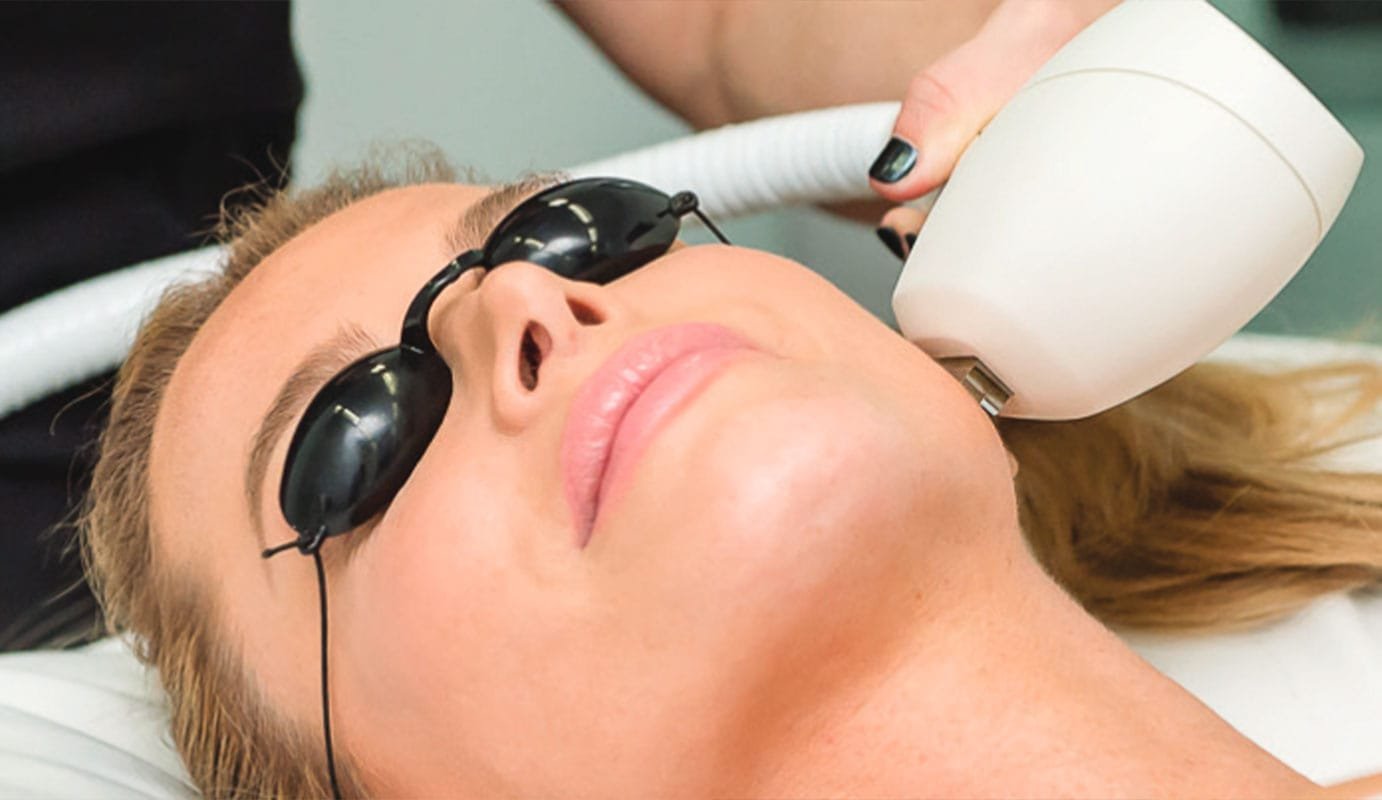What is VITILIGO?
Vitiligo presents as white, flat patches due to melanocyte loss, an autoimmune condition often linked to disorders like hypothyroidism or diabetes. Beyond its cosmetic impact, it profoundly affects mental health. At Satya Aesthetics, our team empathises with these challenges, providing evidence-based medical and surgical treatments. We recognize and address the emotional toll vitiligo takes, striving to alleviate its effects on your daily life.

Medical Treatments:
- Topical Medications:br
These medications work directly on the affected areas. These are available as gels, creams or ointments and may contain corticosteroids, calcineurin inhibitors, or other compounds that aim to regulate pigment production. - Oral Medications:br
Oral medications are prescribed to modulate the immune system and encourage the return of pigmentation. These include zinc supplements, JAK inhibitors, cyclosporine, pulse therapy of steroids, etc. These medicines are prescribed depending on many factors like the patient's age, disease severity and progression, and other comorbid conditions. At Satya, we always try to strike a balance between safety and efficacy while prescribing any treatments. - Phototherapy:br
The patients are exposed to ultraviolet (UV) light, either UVA or UVB, in carefully controlled doses in the phototherapy treatment. It stimulates melanocyte activity in the affected areas, ultimately leading to the gradual return of colour to the depigmented skin. Regular sessions 2-3 per week for 4-6 months are required for optimal results.
Surgical Treatments:
Surgery for vitiligo is only done if the disease is stable, that is there has been no increase in size of existing patches or development of new patches for at least a year.
- Suction Blister Grafting:
It is a surgical technique where negative pressure is applied to a normally pigmented donor site, creating blisters that are then raised and strategically placed on vitiligo-affected areas. - Mini-Punch Grafting:
Small, full-thickness grafts are harvested from a donor site and placed in affected areas, often in conjunction with PUVA. This technique is straightforward and commonly preferred for its efficacy, especially in treatment-resistant sites like palms and soles.
Split Thickness Grafting:
A thin layer of skin is delicately shaved off from a donor site and applied to the recipient site. This technique is particularly useful for covering larger areas, providing uniform pigmentation.
Autologous non-cultured melanocyte keratinocyte suspension:
This technique involves the preparation of a suspension containing melanocytes (pigment-producing cells) and keratinocytes (skin cells) from a patient's skin, which is then transplanted onto the depigmented areas.
How does vitiligo start and progress?
Typically, vitiligo begins as a few tiny white macules or patches that may eventually
spread throughout your body. Although vitiligo usually starts on the hands, forearms,
feet, and face, it can affect any area of your body, including the mucous membranes in
your eyes, inner ears, mouth, nose, and vaginal and rectal regions.
Larger patches can occasionally keep growing and spreading, although they typically
remain in one location for many years. Because some parts of the skin lose and regain
pigment over time, the location of smaller macules varies.
The affected skin differs depending on the individual receiving the vitiligo diagnosis.
While some people only have a few places of depigmentation, others experience a complete
loss of skin tone.
Tailored Vitiligo Treatments for Your Unique Needs
At Satya Aesthetics, our specialists are committed to customizing these treatment options to meet your unique needs, guaranteeing a unique strategy to address the difficulties caused by vitiligo. We are the first step on your path to gaining confidence in your skin.
Vitiligo
-
What triggers the start of vitiligo?
The absence of the skin pigment melanin is the cause of vitiligo. Your skin's colour is caused by melanocytes, which are skin cells that create melanin.
-
Which three vitiligo symptoms are there?
Patchy skin colour loss that typically starts on the hands, face, and in the vicinity of the genitalia and bodily openings. -
Is vitiligo genetic?
Studies suggest that approximately 30% of cases of vitiligo are inherited, while further research is needed to determine the exact causes of the condition. This indicates that vitiligo is a genetic condition, meaning that you may get it from your biological relatives.
-
Is vitiligo painful?
No, vitiligo does not cause pain. On the other hand, lighter areas of skin afflicted by vitiligo may cause excruciating sunburns. It's critical to take precautions against the sun, such as wearing protective clothing, applying sunscreen, and avoiding the sun during its strongest hours.
Call on us for a CONSULTATION at :-
Satya Clinic
4301, Galleria Boulevard, opposite DLF Club,
DLF Phase IV, Sector 27,
Gurugram, Haryana 122002
Get Appointment at Our Gurgaon Clinic
9910094945 Satya Clinic
ED 38 /A Pitampura, Near Pitampura,
Madhuban Chowk, Delhi, 110034, India
Get Appointment at Our Delhi Clinic
9910094945